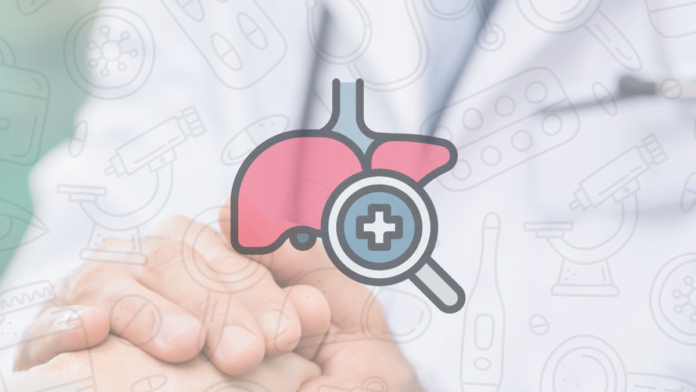Hepatitis Day is an annual event dedicated to raising awareness about viral hepatitis, a global health concern affecting millions worldwide. On this occasion, we explore the significance of Hepatitis B management and the technical guidelines outlined in MoHFW’s document. Understanding these guidelines is crucial for healthcare professionals to combat Hepatitis B effectively and reduce its burden on public health.
The Importance of World Hepatitis Day:
Hepatitis Day serves as a vital reminder to address the growing impact of viral hepatitis, with a particular focus on Hepatitis B. By educating the public about preventive measures, early diagnosis, and proper management, health authorities and organizations aim to reduce the prevalence and associated complications of this disease.
Understanding Hepatitis B:
Hepatitis B is caused by the Hepatitis B virus (HBV) and primarily spreads through contact with infected blood or body fluids. Preventive measures, such as vaccination, safe blood transfusions, and safe injection practices, are essential to control transmission.
Technical Guidelines for Diagnosis and Management:
The technical guidelines provided by MoHFW offer comprehensive insights into diagnosing and managing Hepatitis B, ensuring standardized care for patients and optimal outcomes. These guidelines are designed to assist healthcare professionals in dealing effectively with the disease.
- Screening and Diagnosis: Early detection is critical to managing Hepatitis B. The guidelines detail specific protocols for screening individuals at risk, including pregnant women, healthcare workers, and intravenous drug users. Serological tests are recommended for accurate diagnosis, enabling healthcare providers to identify viral markers and assess liver function.
- Clinical Evaluation: A thorough clinical evaluation is essential to determine the extent of liver damage and the appropriate course of action. The guidelines cover physical examinations, patient history assessment, and interpretation of laboratory findings to ascertain the severity of the infection.
- Antiviral Therapy: The guidelines elaborate on the use of antiviral drugs to suppress viral replication and reduce disease progression. Antiviral therapy effectively controls viral load, minimizing liver damage and improving the patient’s quality of life.
- Monitoring and Follow-up: Regular monitoring of patients undergoing treatment is emphasized to track treatment response and assess any adverse effects. Follow-up visits help healthcare providers modify treatment plans if necessary and ensure patient compliance.
- Prevention and Vaccination: The guidelines stress the significance of prevention through vaccination. Hepatitis B vaccination is a safe and effective way to protect individuals from HBV infection, especially those at higher risk, such as healthcare workers and newborns of infected mothers.
Hepatitis Day serves as a crucial opportunity to raise awareness about viral hepatitis, with a special focus on Hepatitis B. Understanding the technical guidelines for diagnosis and management, as provided by MoHFW, is essential for healthcare professionals to effectively combat Hepatitis B. By adhering to these guidelines and implementing preventive measures, we can work towards reducing the prevalence of Hepatitis B and improving overall public health.










